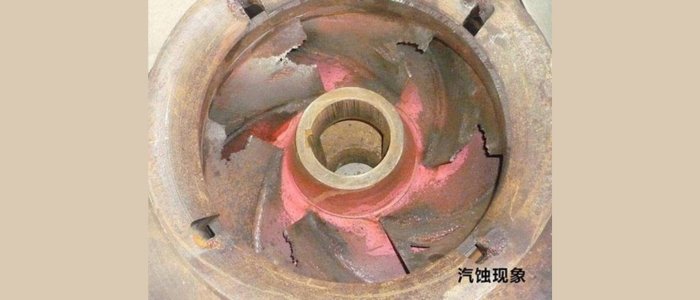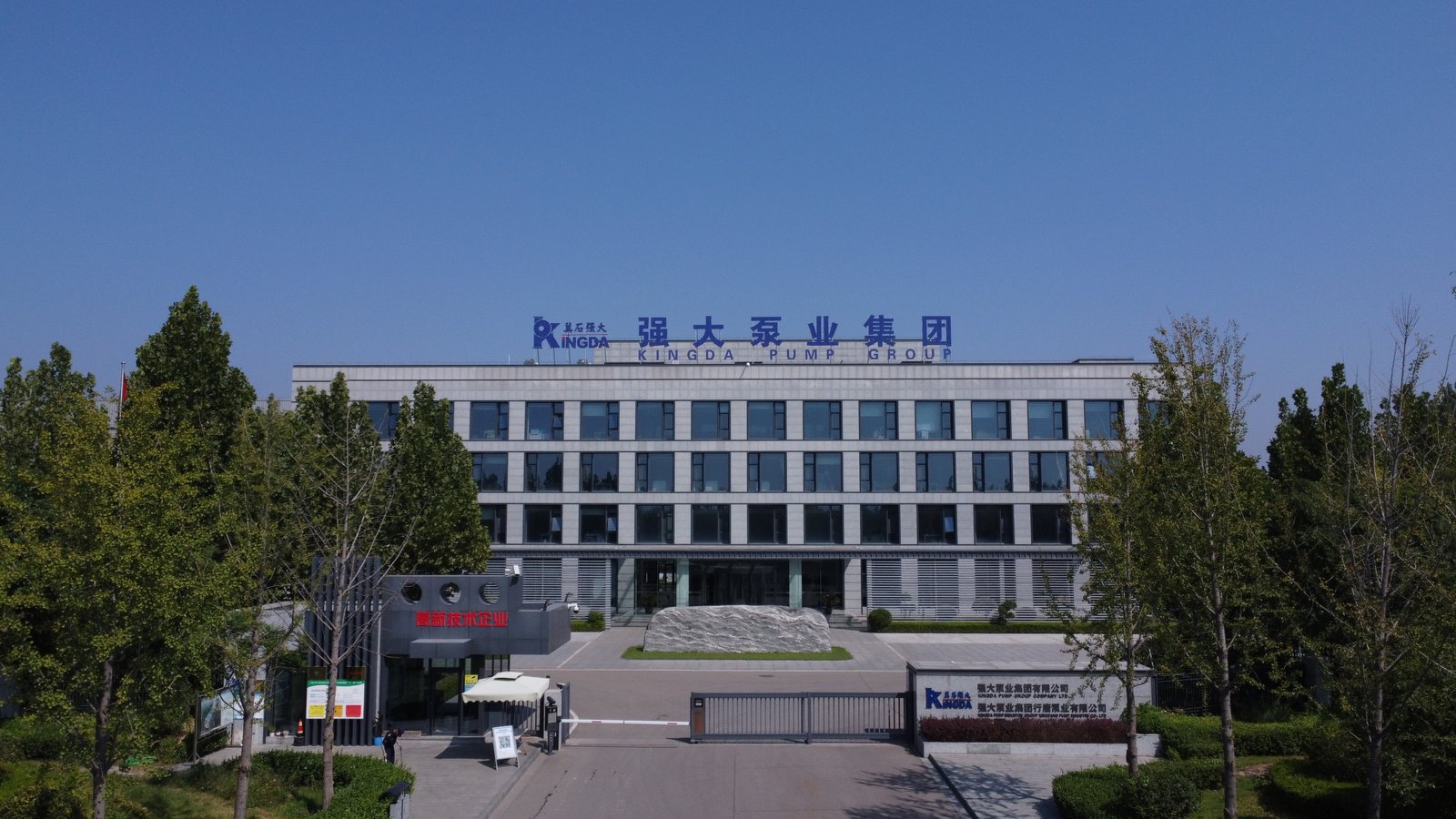Introduction
Kingda Pump Group Co., Ltd. covers an area of over 300 acres, with a total construction area of over 80,000 square meters. It annually produces 10,000 sets of various industrial impurity pumps, including slurry pumps, dredging pumps, desulfurization pumps, tunneling pumps, and 2,800 tons of pump accessories.
Analysis of Wear Parts in Slurry Pumps
According to statistical analysis, approximately 25% of the wear parts in slurry pumps are scrapped due to normal wear and tear. Most of these wear parts suffer early damage due to abnormal working conditions, with a lifespan difference of nearly half. The significant reason for abnormal damage is cavitation, which can be classified into vacuum cavitation and gas cavitation.

Unveiling the Destructive Forces of Cavitation
Due to pressure changes when liquid passes through the pump impeller, cavitation occurs, leading to the formation and rupture of vapor bubbles carried in the liquid. Although cavitation may seem insignificant on a small scale, its repetitive occurrence thousands or even tens of thousands of times per second can be highly destructive to the pump.
Signs and Consequences of Cavitation
When cavitation occurs in slurry pumps, vapor bubbles continuously collapse within high-pressure zones, accompanied by intense liquid impact, resulting in noise with frequencies ranging from 600 to 25,000 Hz. Explosive sounds can be heard inside the pump, and the unit experiences vibration. The vibration, in turn, triggers more vapor bubble collapses, creating a mutual excitation. When the frequency approaches the natural frequency of the device, the unit undergoes strong resonance, known as cavitation resonance. When vibration is severe and noise is excessive, the pump should stop running.
Physical Manifestations of Extended Cavitation Exposure
Extended operation of slurry pumps under cavitation conditions, with continuous intense high-frequency impacts (600-25,000 Hz) and pressures up to 50 MPa, leads to initial surface pitting and later causes loosening and detachment of metal grains. This results in honeycomb, sponge-like, groove-like, fish scale-like patterns, and even perforation and fracture.
Practical Observations and Cavitation Damage Locations
In practice, cavitation damage is often found at the point where vapor bubbles disappear, commonly observed at the impeller outlet and volute inlet. Damage can also appear on the impeller sides, outer periphery, front and rear wear plates, and the internal wall of the volute.
Progressive Impact of Cavitation on Pump Performance
Initially, cavitation has a minimal impact on pump performance. However, as cavitation progresses, the energy exchange between the impeller and the liquid is disrupted and damaged. This leads to significant reductions in pump flow rate, head, efficiency, and shaft power.
Commitment to Innovation and Development
Kingda Pump Group Co., Ltd. engages in deep collaboration with universities and research institutions, continuously increasing investment in new technology and product development to achieve product upgrades. Innovation drives development, technology wins the market, and quality wins customers.



